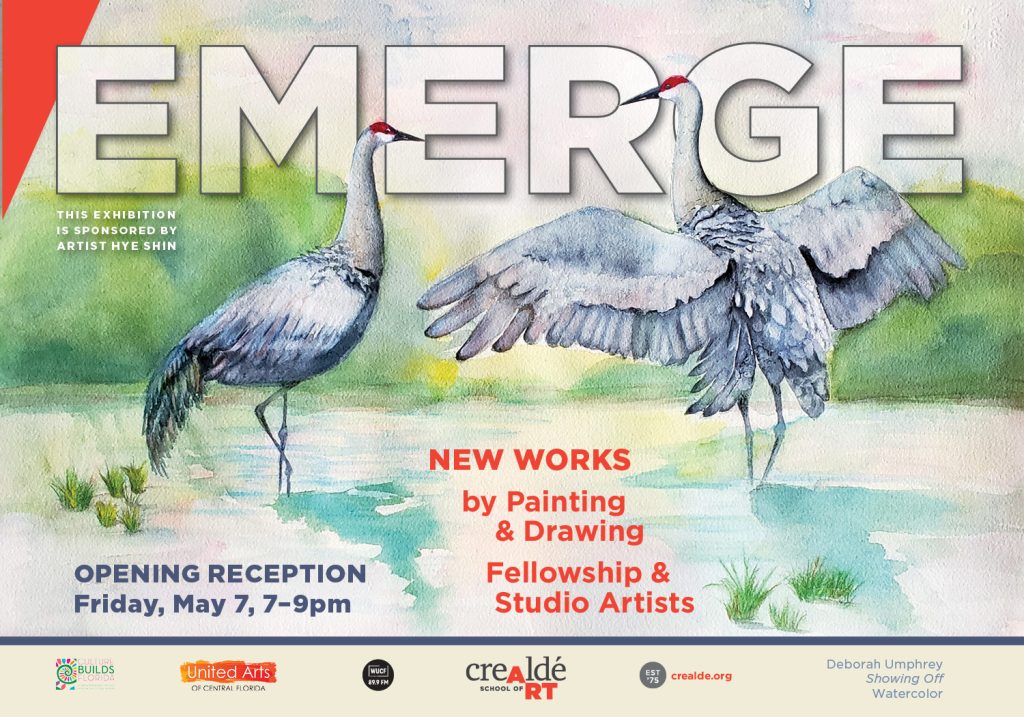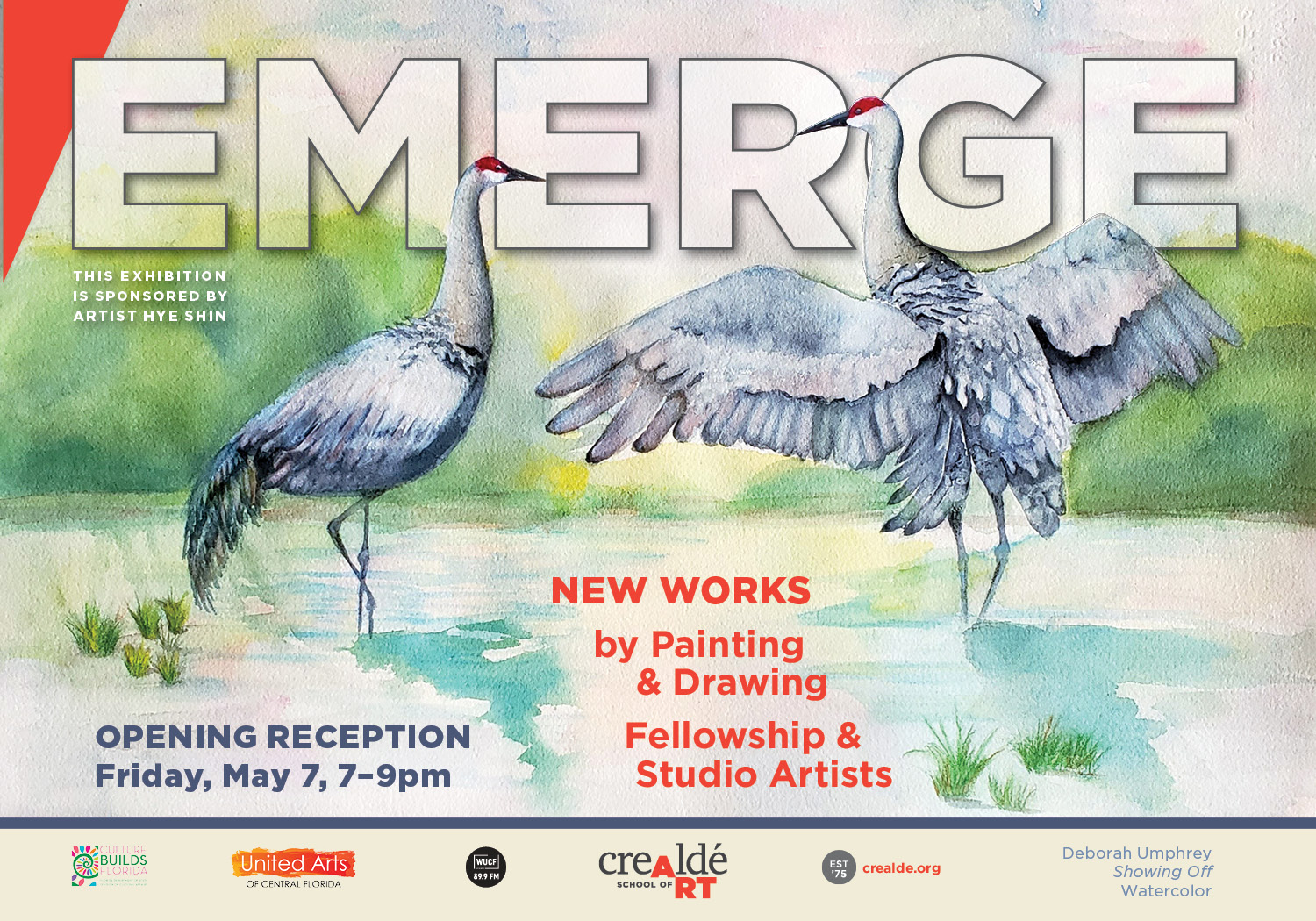
“Bringing Nellie Mae Rowe’s Imaginative and Dreamlike Artistic World to Life”

### The Inspiring World of Nellie Mae Rowe and the Legacy of Her Imaginative Art
Nellie Mae Rowe, a self-taught artist from Georgia, spent most of her life creating art in relative obscurity. It wasn’t until after her passing in 1982 at the age of 82 that the world truly began to recognize her unique and imaginative contribution to American art. Despite her lack of formal training, Rowe’s work—comprising everything from chewing-gum sculptures to whimsical and vibrant crayon drawings—has solidified her legacy as one of the great folk or outsider artists of the 20th century.
Much of her art was made in private, within her ‘playhouse’—her home in Vinings, which she filled with handmade rag dolls, colorful sculptures, and intricate drawings. These works, infused with dreamlike characters and elaborate signatures, were rich with playful creativity yet deeply anchored in Rowe’s experiences, both personal and historical. But while her work is lauded by many today, Rowe’s life was far from easy, as she faced significant racial and gender-based challenges in the South’s post-slavery society.
Now, four decades after her death, Rowe’s life and art are being featured in a powerful documentary, ***This World Is Not My Own*** (2023), directed by acclaimed filmmakers Petter Ringbom and Marquise Stillwell of Opendox. The documentary masterfully brings her story to light, merging historical context, family narratives, and creative visual storytelling.
—
#### A Childhood in the Segregated South
Born on July 4, 1900, in Fayetteville, Georgia, Rowe was the daughter of a sharecropper and a formerly enslaved father. Growing up surrounded by the oppressive conditions of the Jim Crow South, Rowe’s childhood was shaped by poverty and the legacy of slavery—a background that many scholars believe influenced her later art.
However, Rowe never let the hardships rob her of her vivid imagination. She began creating art as a child, though it largely went unseen and uncelebrated. While her early years may have been marked by hardship and societal invisibility, her yearning for creative expression continued to blossom as she grew older. Rowe’s art celebrates both the imaginary and the real, often depicting human figures alongside fantasy creatures, often mixed with affectionate portrayals of her own lived environment.
—
#### The Legacy of Rowe’s Playhouse
One of the most important aspects of Nellie Mae Rowe’s artistic journey is her home—her “Playhouse.” This quirky house was not just her sanctuary but also her art studio and exhibit space. Rowe adorned both the inside and the outside of the house with her drawings, large objects, and everyday household items repurposed into art.
Tragically, after her death, much of this environment was lost when her house was demolished and replaced by a luxury hotel. Today, however, a recreated version of the Playhouse resides in the traveling exhibition, ***Really Free: The Radical Art of Nellie Mae Rowe***. Currently on display at Lehigh University Art Galleries in Pennsylvania until December 7, 2023, and scheduled to move to the California African American Museum in 2025, this exhibit brings Rowe’s immersive world back to life for today’s audiences.
In ***This World Is Not My Own***, Rowe’s Playhouse has also been painstakingly recreated as a detailed 3D visual, serving as a fitting homage to the home that played such a central role in her identity as an artist and as a person.
—
#### A Documentary for the Ages: ***This World Is Not My Own***
***This World Is Not My Own*** uniquely presents Nellie Mae Rowe’s life in four parts plus an interlude, combining interviews, animations, and historical analysis to capture a full spectrum of the artist’s world. Through traditional interviews with Rowe’s family, friends, scholars, and historians, the filmmakers delve into not only Rowe’s art but also the racial history of the South. The documentary explores significant cultural moments such as the 1906 Atlanta race massacre and the lynching of Jewish factory manager Leo Frank in 1915—events that form an important backdrop against which Rowe’s artistry must be understood.
In addition to these interviews, the documentary features digitally animated characters of Rowe’s own invention. Voiced by actors Uzo Aduba and Amy Warren, these 3D-animated sequences breathe life into her artwork, seamlessly blending Rowe’s imaginative universe with the real-world challenges she faced.
“Beyond what Nellie was living through and living for, I think her art speaks louder than maybe some of the narrative and words that have been written for her,” said filmmaker Marquise Stillwell in a recent interview with *Hyperallergic*. This sentiment captures the essence of Rowe’s work—art that conveyed more than what words can say, often